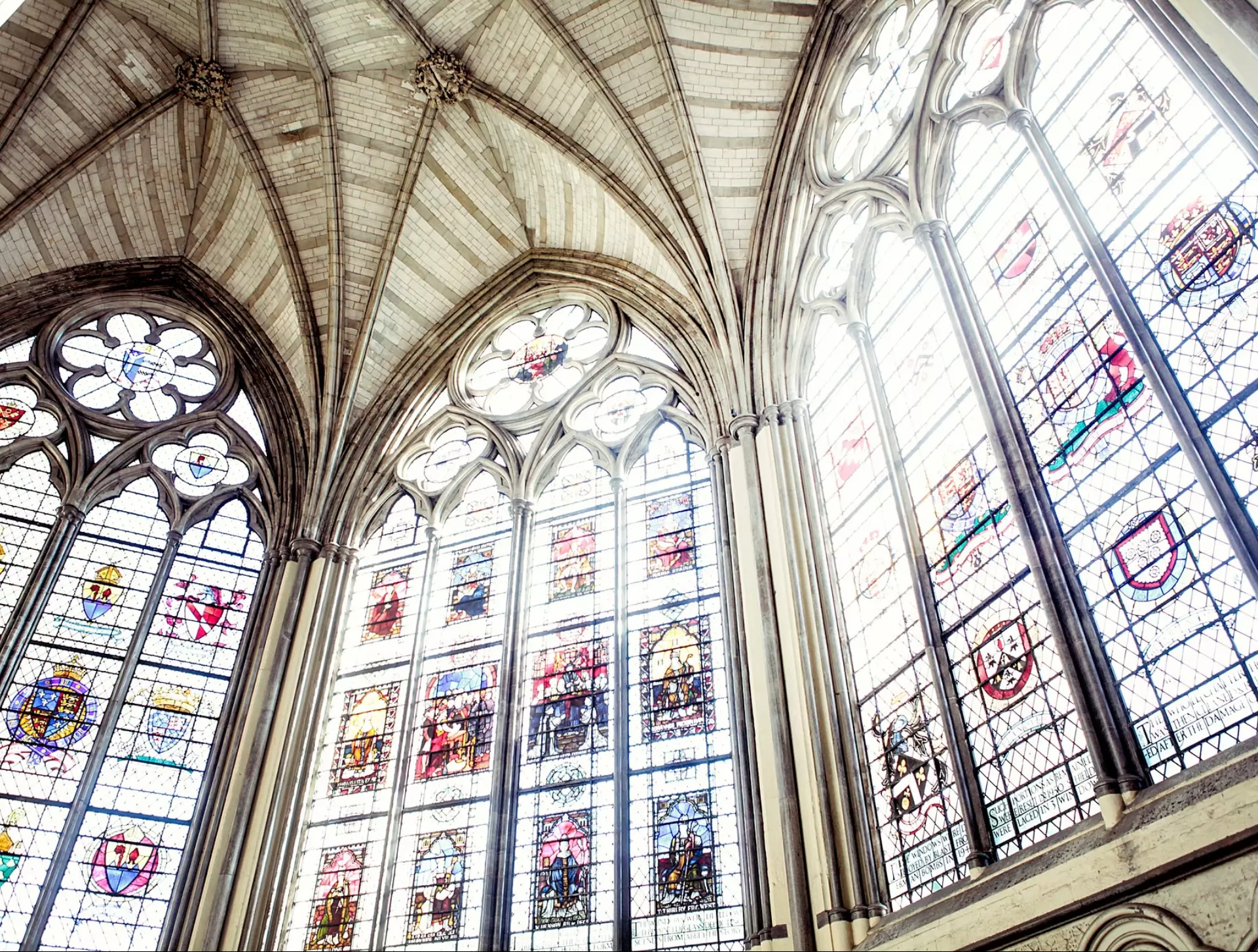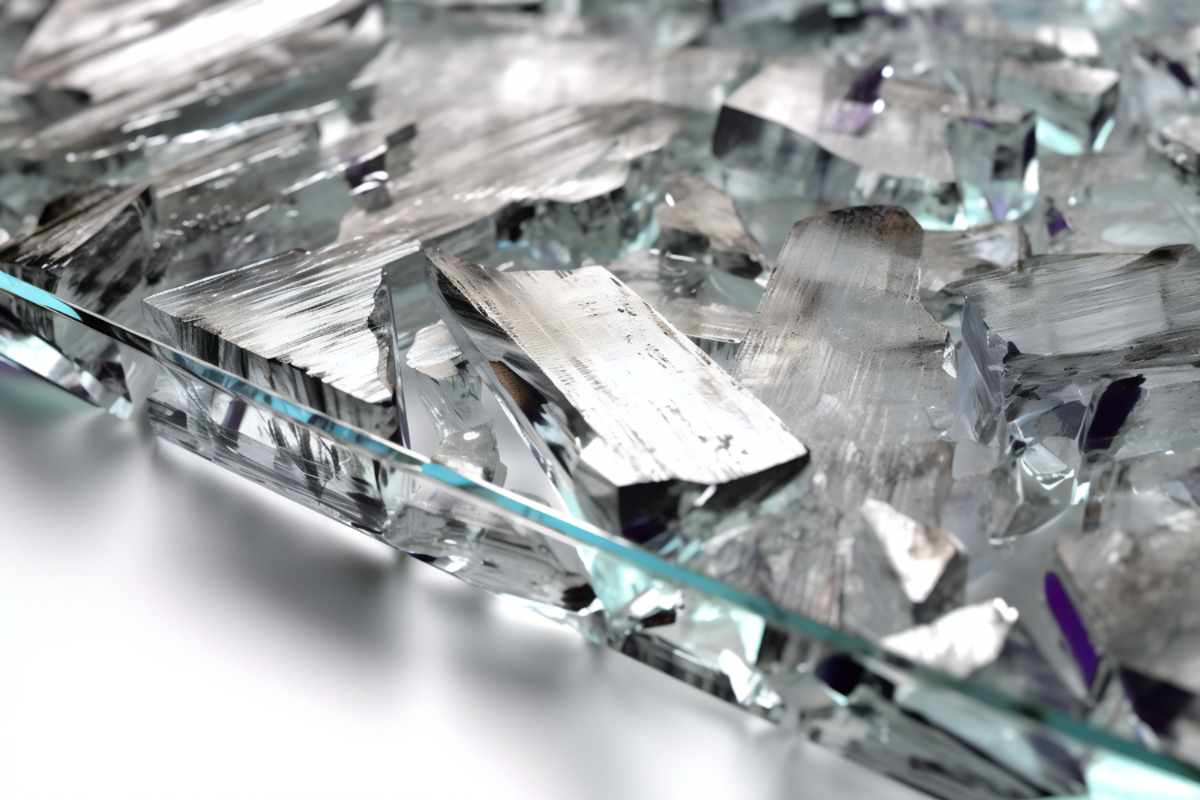What Is Glass?
Glass is a transparent, solid-like material with many practical applications. Glass is made from three naturally existing basic materials: sand, ash, and limestone. Glass is made by melting these materials at very high temperatures.
Glass behaves like a solid at normal temperature even though its structure is similar to that of a liquid at high temperatures. Thus, a vast range of shapes may be created by pouring, blowing, pressing, and moulding glass.
What Is The Glass Manufacturing Process?
Glass production has a long history that stretches back to 3500 BC. Industrial methods have advanced from handcrafting to high-tech processes. And the variety of glass varieties and uses has increased. Glass has influenced Europe's cultural history.
Glass continues to offer cutting-edge solutions and is employed in high-tech applications. Either by itself or in conjunction with other materials. The primary ingredients - silica sand, calcium oxide, soda, and magnesium - are weighed out and combined into batches before being blended with recycled glass (cullet).
Utilising "cullet" lowers the amount of energy used. The components are examined and kept for subsequent blending under computer control. A five-chambered furnace is where the batch of raw materials travels after leaving a mixing silo and before melting.

At a temperature of around 1000°C, the molten glass is poured into a bath of molten tin. It creates a "ribbon" that measures between 5 and 6 mm. Ribbon thickness is attained by drawing the glass through roll machines. The result is referred to as "flat" glass. This is because the glass does not mix with the fluid since its contact surface is flat.
Once the glass has cooled to a temperature of 600°C, it is now ready to enter a lehr - a chamber used for annealing. When the glass is annealed, the internal tensions are changed. This makes it possible to guarantee the glass' flatness.
The glass is then tough enough to slide through rollers. Both sides don't need grinding or polishing because they are fire finished. The glass is then put through stringent quality inspections after cooling. The material is divided into sheets with sizes ranging up to 6000 mm x 3660 mm. These are then stacked, packed, and prepared for shipment.

How Is Glass Made?
Sand is dissolved to create glass. Ordinary sand, which is composed of silicon dioxide, can be transformed by heating it. Sand melts at the temperature of 1700°C. Sand that has just melted changes as it cools and acquires a whole new structure.
However, it never quite solidifies. Instead, it transforms into an "amorphous solid", a frozen liquid. It combines the qualities of a solid and a liquid. Waste glass, sodium carbonate, and limestone are combined with sand and fired in a furnace. The salt lowers the melting point of the sand, allowing for energy savings during production.
However, it has the unpleasant disadvantage of producing glass that disintegrates in water. To prevent it from happening, limestone has been added. Glass made of silica and sodium carbonate is the finished product. We can see common glass all around us.
Once the sand has melted, it can be used to create flat sheets of glass or poured into moulds to create containers. Even today, "blowing" glass can sometimes be used to create unusual objects. An open pipe slowly rotating is encased with a lump of molten glass.
The open end of the pipe is blown with air, inflating the glass like a balloon. Depending on the glass they wish to produce, glass producers use a different procedure. To alter the completed glass's look or qualities, additional chemicals are typically added.
To create glass that is stained green, chemicals with iron and chromium are added to molten sand. By mixing in boron oxide with the molten liquid, borosilicate glass can be created. Borosilicate glass is typically used for ovens. Crystal glass is made by adding lead oxide.
What Is Soda-Lime Glass?
The most common variety of glass is soda-lime glass. It is used for windowpanes and glass containers. Instead of the more typical borosilicate glass, some glass is composed of soda-lime glass. A majority of produced glass - about 90% - is soda-lime glass. Soda-lime glass is separated into two types: flat glass and container glass.
The applications, production processes and chemical makeup of the two varieties are different. Compared to container glass, flat glass has less silica, calcium oxide, and aluminium oxide.
However, it has more magnesium oxide and sodium oxide. Glass containers have stronger durability against water due to their lack of sodium and magnesium. Also known as water-soluble ions.

Glass made of soda-lime is affordable, chemically stable, somewhat durable, and very workable. It is perfect for glass recycling since it can be repeatedly re-melted and re-softened. It is used instead of fused quartz, which is chemically pure silica. While pure silica has thermal shock resilience, its high melting point makes it challenging to deal with. Thus, more ingredients are used to streamline the procedure.
One of these is the sodium oxide, which is added in the form of sodium carbonate. The glass-transition temperature is lowered by soda. But the soda turns the glass water-soluble, which is often not a good thing. The "lime" is also added to allow for enhanced chemical durability. It is calcium oxide, which is often made from limestone. Alumina, which is aluminium oxide and magnesium oxide also help to the durability. The weight percentage of silica in the resultant glass ranges from 70 to 74%.

Coloured Glass
Several chemicals are mixed into the mixture for making coloured glass. Depending on the chemical in issue, particular chemicals will produce a variety of coloured effects. Iron sulphide is the source of the amber/brown hue of the glass used in beer bottles.
Coloured glass is used to make stained glass or items made from it. Stained glass is tinted during production by adding metallic salts. Yellow stain and painted accents are employed to improve the design.
Windows made of enamelled glass, are sometimes referred to as stained glass. Usually, this method is only employed on selected areas of a window. There are three basic techniques to create coloured glass, while there are other ways as well.
The first entails coating the glass with a transition metal or rare earth metal oxides. Metal oxides are typically added to the glass to achieve this. The illusion of colour is caused by the metal ions' absorption of light. The creation of colloidal particles is another method for adding colour. Simply said, this refers to material fragments that are dispersed throughout the glass. Heating these particles produces "striking colours".
As the light travels through the glass, the particles scatter, resulting in colouration. Gold and selenium are examples of these colloidal particle colourants. They both produce hues ranging from pink to red. The addition of coloured particles to the glass is the last and primary method of adding colour. Milk glass and smoked glass are two examples of this kind of colouring; milk glass is made by adding tin oxide.
Types Of Glass
Glass is frequently classed according to its make-up. The most popular type of glass is known as "soda glass", which is made out of the minerals silica, soda, and limestone.
Although it costs the least, this glass has the lowest resilience to high temperatures. Borosilicate glass is utilised for superior degrees of resistance to temperature fluctuations. This kind of glass is used to create bakeware, headlights, and other products.
Are you interested in hand crafted decorative glass? If you require Victorian style etched glass specialist or a modern acid etched glass design, contact our expert today. We offer professional glass decoration throughout the UK.
